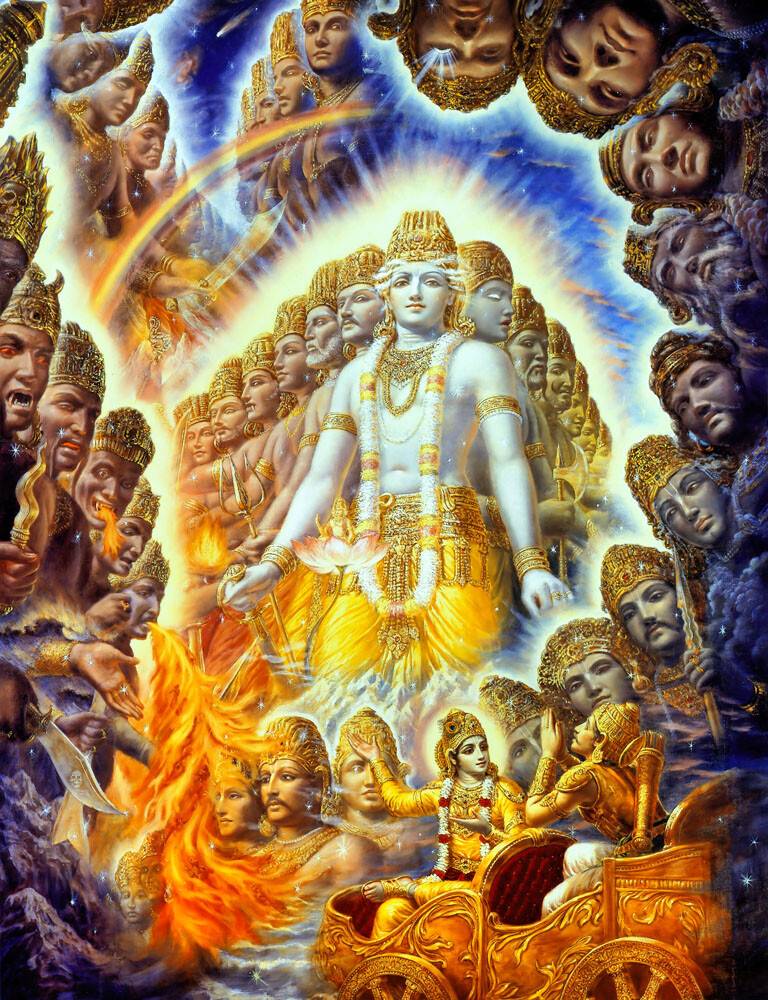Astrology, with its rich tapestry of meanings and characteristics, assigns significance to each of the twelve zodiac signs. Each sign embodies distinct traits, strengths, weaknesses, and associations, often linked to the elements (Fire, Earth, Air, Water) and modalities (Cardinal, Fixed, Mutable). Here’s an in-depth exploration of each astrological sign:
Aries (March 21 – April 19)
Element: Fire
Modality: Cardinal
Ruling Planet: Mars
Significance: Aries is known for its pioneering spirit, courage, and enthusiasm. Often seen as the initiator, Aries individuals are bold and passionate, ready to take risks and face challenges head-on. They can also be impulsive and impatient, struggling with authority when their independence is threatened. Leadership and a drive for action are key characteristics.
Taurus (April 20 – May 20)
Element: Earth
Modality: Fixed
Ruling Planet: Venus
Significance: Taurus embodies stability, sensuality, and a love for the finer things in life. Known for their practicality and determination, they seek security and comfort. While they can be incredibly patient and reliable, Taurus individuals may also exhibit stubbornness and resistance to change. Their connection to nature and appreciation for beauty often manifest in artistic pursuits.
Gemini (May 21 – June 20)
Element: Air
Modality: Mutable
Ruling Planet: Mercury
Significance: Gemini is characterized by adaptability, curiosity, and communication. They are often social butterflies, thriving in dynamic environments. Quick-witted and intellectually inclined, Geminis may struggle with inconsistency and indecision. Their dual nature can lead to a rich inner world but may also create challenges in relationships due to perceived flakiness.
Cancer (June 21 – July 22)
Element: Water
Modality: Cardinal
Ruling Planet: Moon
Significance: Cancer is deeply connected to emotions, intuition, and home. Known for their nurturing and protective qualities, Cancers value family and emotional security. While they are empathetic and compassionate, they can also be moody and overly sensitive. Their strong intuition often guides their decisions, making them attuned to the feelings of others.
Leo (July 23 – August 22)
Element: Fire
Modality: Fixed
Ruling Planet: Sun
Significance: Leo embodies confidence, creativity, and leadership. They are natural performers, often drawn to the spotlight and seeking recognition for their talents. While Leos are generous and warm-hearted, their need for admiration can lead to egotism and stubbornness. Their vibrant energy and enthusiasm often inspire others, making them influential figures.
Virgo (August 23 – September 22)
Element: Earth
Modality: Mutable
Ruling Planet: Mercury
Significance: Virgo represents practicality, precision, and service. Known for their analytical minds and attention to detail, Virgos are often seen as problem solvers. They value organization and can be critical, both of themselves and others. While their desire for perfection can lead to stress, their dedication to helping others is commendable.
Libra (September 23 – October 22)
Element: Air
Modality: Cardinal
Ruling Planet: Venus
Significance: Libra is the sign of harmony, relationships, and aesthetics. Known for their diplomatic nature, Libras strive for balance and fairness in their interactions. They often seek partnerships and value cooperation, but can struggle with indecision. Their appreciation for beauty and art makes them natural creators and lovers of culture.
Scorpio (October 23 – November 21)
Element: Water
Modality: Fixed
Ruling Planet: Pluto (and Mars in traditional astrology)
Significance: Scorpio is associated with intensity, passion, and transformation. Known for their deep emotional insight and resilience, Scorpios can navigate complex emotional landscapes. They are often perceived as mysterious and secretive, and their fierce loyalty is counterbalanced by a tendency toward jealousy and possessiveness. Scorpios are drawn to the deeper aspects of life, including psychology and the occult.
Sagittarius (November 22 – December 21)
Element: Fire
Modality: Mutable
Ruling Planet: Jupiter
Significance: Sagittarius embodies exploration, freedom, and optimism. Known for their adventurous spirit and love of travel, Sagittarians seek knowledge and experiences. They are often philosophical, enjoying discussions about life’s meaning. While they are generally optimistic, their bluntness can sometimes lead to tactlessness in communication.
Capricorn (December 22 – January 19)
Element: Earth
Modality: Cardinal
Ruling Planet: Saturn
Significance: Capricorn represents ambition, discipline, and practicality. Known for their strong work ethic and desire for success, Capricorns are often seen as responsible and mature. They can be quite serious and may struggle with emotional expression. Their focus on goals can lead to a tendency to neglect personal relationships in favor of career advancement.
Aquarius (January 20 – February 18)
Element: Air
Modality: Fixed
Ruling Planet: Uranus (and Saturn in traditional astrology)
Significance: Aquarius is associated with innovation, individuality, and humanitarianism. Known for their progressive thinking and love of freedom, Aquarians often challenge conventions and seek to improve society. Their uniqueness can sometimes lead to feelings of isolation, and their detachment may be perceived as aloofness. However, their idealism and vision for the future drive their actions.
Pisces (February 19 – March 20)
Element: Water
Modality: Mutable
Ruling Planet: Neptune (and Jupiter in traditional astrology)
Significance: Pisces represents empathy, creativity, and spirituality. Known for their sensitivity and imagination, Pisceans often have a deep connection to the arts and the mystical. They can be dreamers, sometimes struggling with reality. Their compassion and intuition make them excellent friends, but they may also face challenges with boundaries and escapism.
Conclusion
Each zodiac sign carries unique characteristics that reflect a spectrum of human experiences and behaviors. Understanding these signs can provide insights into personality traits, motivations, and interpersonal dynamics, enriching our understanding of ourselves and those around us. Astrology serves as a lens through which to explore our identities and relationships, offering guidance and reflection.
